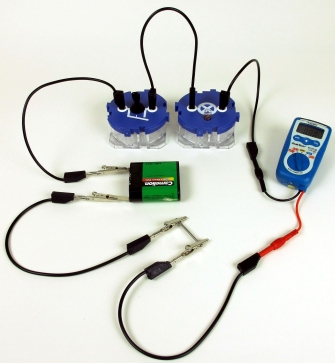setTimeout(function(){
window.print();
},500)

Technical data Conductive and non-conductive materialsArticle no: P6101300  Principle The students will examine various solids and liquids in terms of their electric conductivity. They will notice that some materials conduct electricity while others do not. They will conclude that electric conductivity depends on the material. In addition, they will learn that non-conducting liquids can become conductive when specific substances are dissolved in these liquids. Benefits
Scope of delivery
| ||||||||||||||||||||||||||||||||||||
PHYWE Systeme GmbH & Co. KG
Robert-Bosch-Breite 10 – 37079 Göttingen – Germany
www.phywe.com
Robert-Bosch-Breite 10 – 37079 Göttingen – Germany
www.phywe.com

